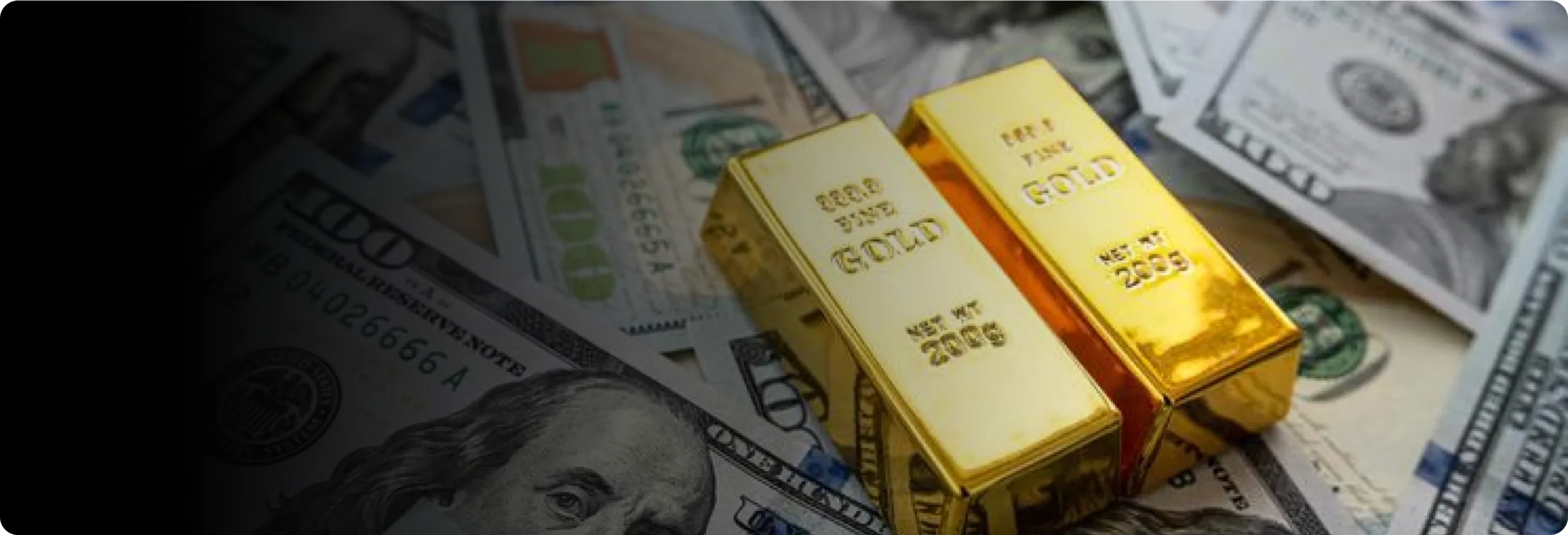Gold vs. Dollar Amid Rapid Geopolitical Developments: A Battle for Safe-Haven Supremacy
The escalating tensions in the Middle East, including the fall of Bashar al-Assad’s government and subsequent Israeli attacks on Damascus, have heightened geopolitical concerns. This, coupled with the resumption of gold purchases by the People’s Bank of China after a six-month pause, has boosted gold demand as a safe-haven asset, driving up its price following a recent correction.
Meanwhile, continued deflation in China has dampened investor confidence in the world’s second-largest economy, raising doubts about the effectiveness of its economic stimulus measures. This has driven investors toward the dollar as a safe-haven, tempering gold’s upward momentum. The competition between gold and the dollar as the premier safe-haven asset remains intense.
The future impact of Middle East developments, particularly in Syria, on gold’s performance will depend on how events unfold, especially if regime change in Syria escalates tensions with Iran. A cautious and measured response from Iran could limit immediate volatility, although the broader implications suggest medium- to long-term gold price increases are inevitable.
Adding to this dynamic are the upcoming US Consumer Price Index (CPI) results, which are the final piece of the puzzle before the Federal Reserve’s December 18 meeting. While November CPI is expected to show a slight uptick, it is unlikely to deter the anticipated 0.25% rate cut unless inflation significantly exceeds expectations. A hotter-than-expected inflation figure could strengthen the dollar and pressure gold prices downward.
Technical Analysis – XAU/USD
- Buy Plan:
The resistance level at 2667.72 could temporarily impede gold’s upward movement. If gold manages to stabilize above this level, it may advance toward targets at 2707.38 and 2725.89. - Sell Plan:
Should 2667.72 hold strongly as resistance, it could push gold down to the 2631.59 and 2604.61 support zones.
Summary of Analysis
Amid rising geopolitical tensions in the Middle East, particularly following the fall of Bashar al-Assad’s government, gold prices rebounded to 2662.84 USD after a recent correction. While deflation in China strengthened the dollar, limiting gold’s upward momentum, breaking through the 2667.72 USD resistance level could propel prices to 2707.38 USD and 2725.89 USD. Failure to break this resistance, however, may see gold retreat to the 2631.59 USD and 2604.61 USD levels. The outcome of US inflation data and developments in Syria will play a crucial role in shaping future price movements.






















